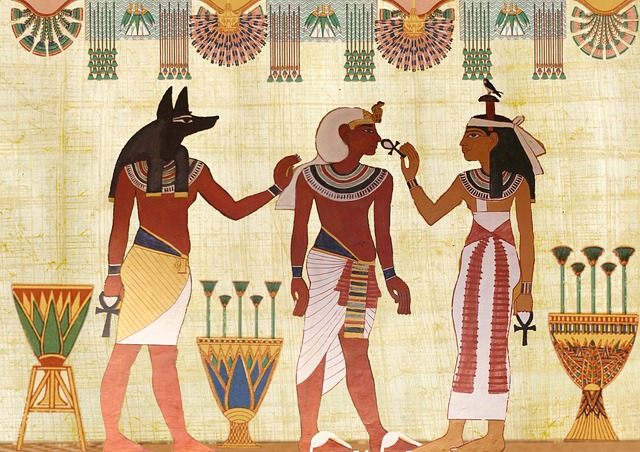– Ancient Egypt. The Egyptians were very particular about beauty and elegance, and their ideas were surprisingly similar to ours in many ways. The ideal woman was tall, slender, with a long neck and an hourglass figure. And women spent a lot of time taking care of their bodies. Taking milk baths to soften the skin, cleansing masks made of clay and olive oil, and fighting wrinkles were not unknown to this civilization. And what of the legendary shiny black hair? In many cases, it was a wig. Women and men shaved off their own hair and wore someone else\’s.
– Antiquity. Even the ancient Greeks and Romans were not unaware of the ideal woman. Unlike the Egyptians, the ideal woman did not have to be thin, but her figure had to be symmetrical and feminine, with prominent breasts and hips. After all, the very term “statuesque” refers to antiquity. As on the other side of the Mediterranean, great emphasis was placed on appearance. This is evidenced by the lavishly decorated accessories on clothing and the fact that women often gladly applied makeup. Fortunately, the Mediterranean diet is still considered the secret to beauty and longevity today.

– Middle Ages. In the Middle Ages, good looks fell into disuse. In Europe and elsewhere, the church ruled with firmness, and the main role of women was to be good wives and wise mothers. To care too much about appearance was considered sinful and superficial. Nevertheless, women were concerned about their appearance, especially in the aristocratic world. Excessive thinness was not the norm; a lady had to be of her own size. One of the main themes was also the fight against pervasive odors, and since hygiene was not a major consideration, women carried a mixture of perfumes and perfumed themselves.
– After the Renaissance. Religious morality was relaxed and women became more interested in fashion and beauty. Luxuriously decorated dresses and expensive hairstyles gradually gave way to practical models that allowed women to move freely. As women\’s role in society grew, we saw more and more models that combined beauty and functionality. In terms of body shape, the ideal of femininity in the first half of the 20th century led to a focus on slim, boyish figures. Thankfully, however, in recent years, curvaceousness has once again come into the limelight.